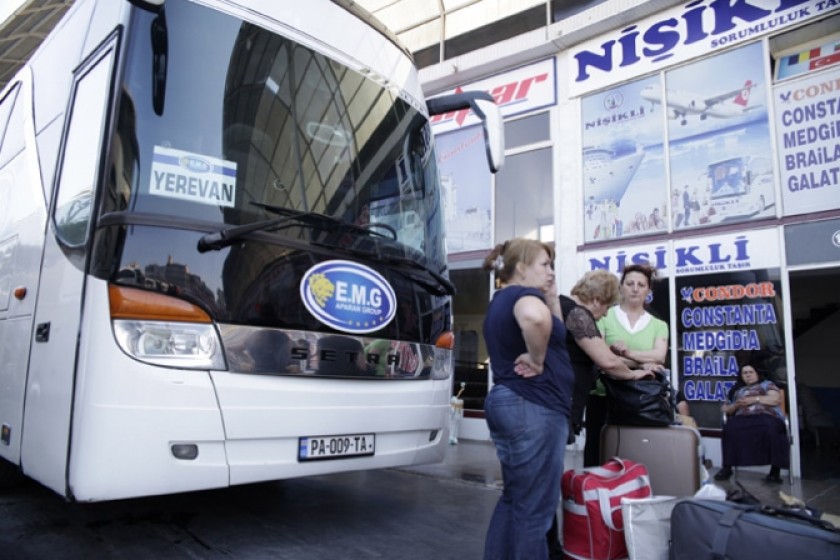
An Island within an Island: Educational Needs Assessment of Armenian Migrants in Turkey
While the Russian Federation was and is the most attractive destination country for potential Armenian migrants, since Armenia’s independence there has been some outflow to Turkey, especially to Istanbul.
Given that migration to Turkey was considered to have been too small when compared to other desirable destination countries, Armenia’s National Statistics Service had not collected any data before. Meanwhile, owing to the absence of Armenian-Turkish diplomatic relations, Armenian migrants to Turkey are completely overlooked and there isn’t much being done in this field. The last study was conducted in 2009.
This study partly fills the existing gap regarding the life and living conditions of Armenian migrants. Tasked with revealing the educational needs of Armenian migrants, it also contains a lot of information about their age, gender, social status, future plans and other statistical data.
The main aim of the current study is to evaluate the educational needs of the Armenian migrants and understand how these problems can be addressed and changed.
This research touches upon the following two topics:
To describe the overall picture of the lifestyle and issues of the citizens of Armenia living in Istanbul, focusing on their lifestyle tendencies recorded since 2010, given that Armenians who came to Istanbul fifteen years ago differ from those who came one or two years ago.
Through an educational needs assessment of the Armenian migrants, to indicate what specific initiatives should be undertaken to bring about change to the existing situation.
In the study, Armenian migrants are classified into four groups: a) lonely women whose families are in Armenia and working in Istanbul they take care of them, b) married women who are in Istanbul with their families, c) men and children, d) prostitutes and victims of trafficking. The target of this study are women in groups ‘a’ and’ b’.
Research material makes it possible to come to the following conclusion: the condition of Armenian laborers residing in Istanbul has changed compared to the situation prior to 2010 and those changes are expressed by three indicators:
- Migration flow from Armenia is decreasing
- The number of regular migrants has been increasing
- A tendency of residing in Turkey and not returning to Armenia has been registered
As a result of the evaluation of migrants’ educational needs, it became evident that they have no short-term educational needs—their primary goal is to find a well-paying job and earn money. Instead, they need specific knowledge and information in the long run, especially the women of group ‘b’ who work on a part-time basis since they have to take care of their husbands and children.
At the same time, children of this group, upon reaching school graduation age and having no possibility to gain any profession or to continue their education, continue doing the same job as their parents; e.g. housecleaning, taking care of old people or kids.
In this regard, the research implies the need for a migration resource center, the primary function of which is to provide different kinds of information. The main need expressed by Armenian migrants is to learn about the rights they have, especially about residence permits, but the resource centre is thought to be a place to provide training and information according to the preferences and needs of migrants.
The whole study is available here.
 Videos
Videos Photos
Photos




Write a comment